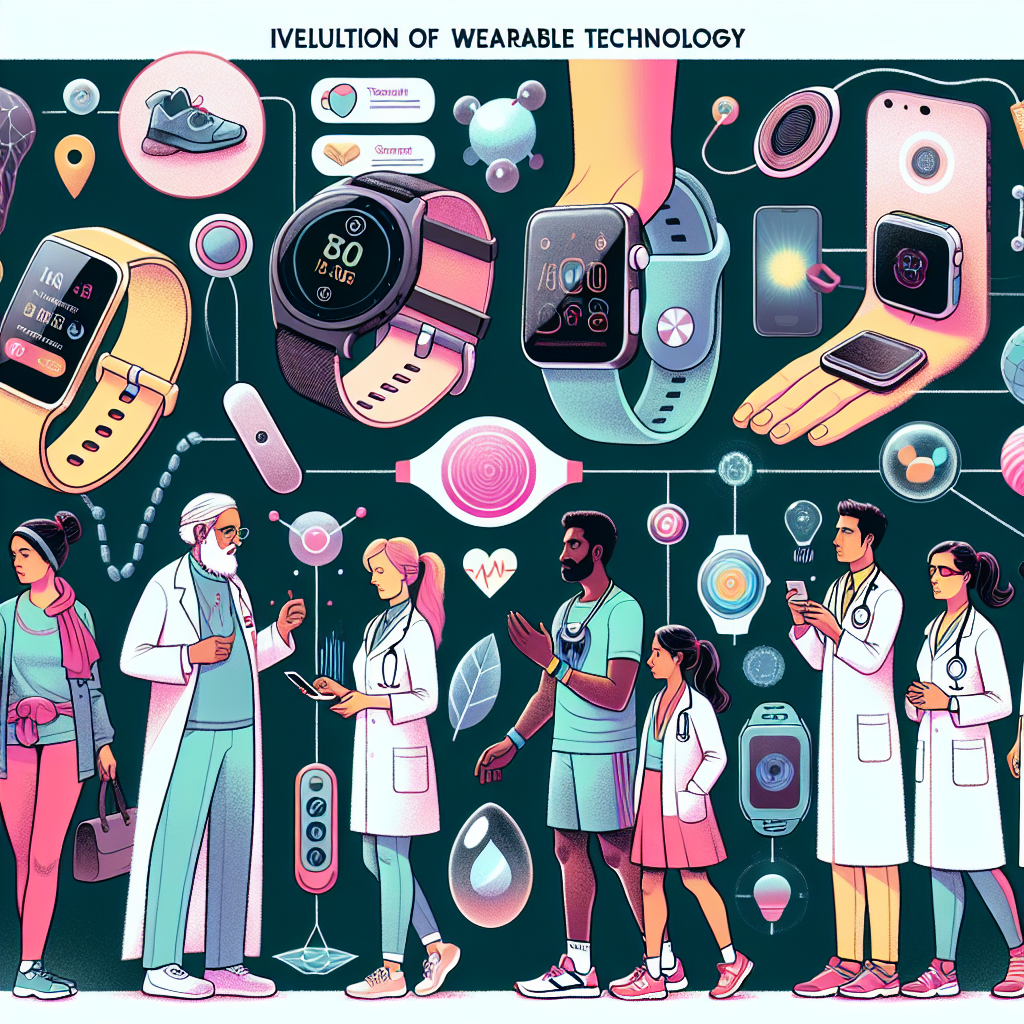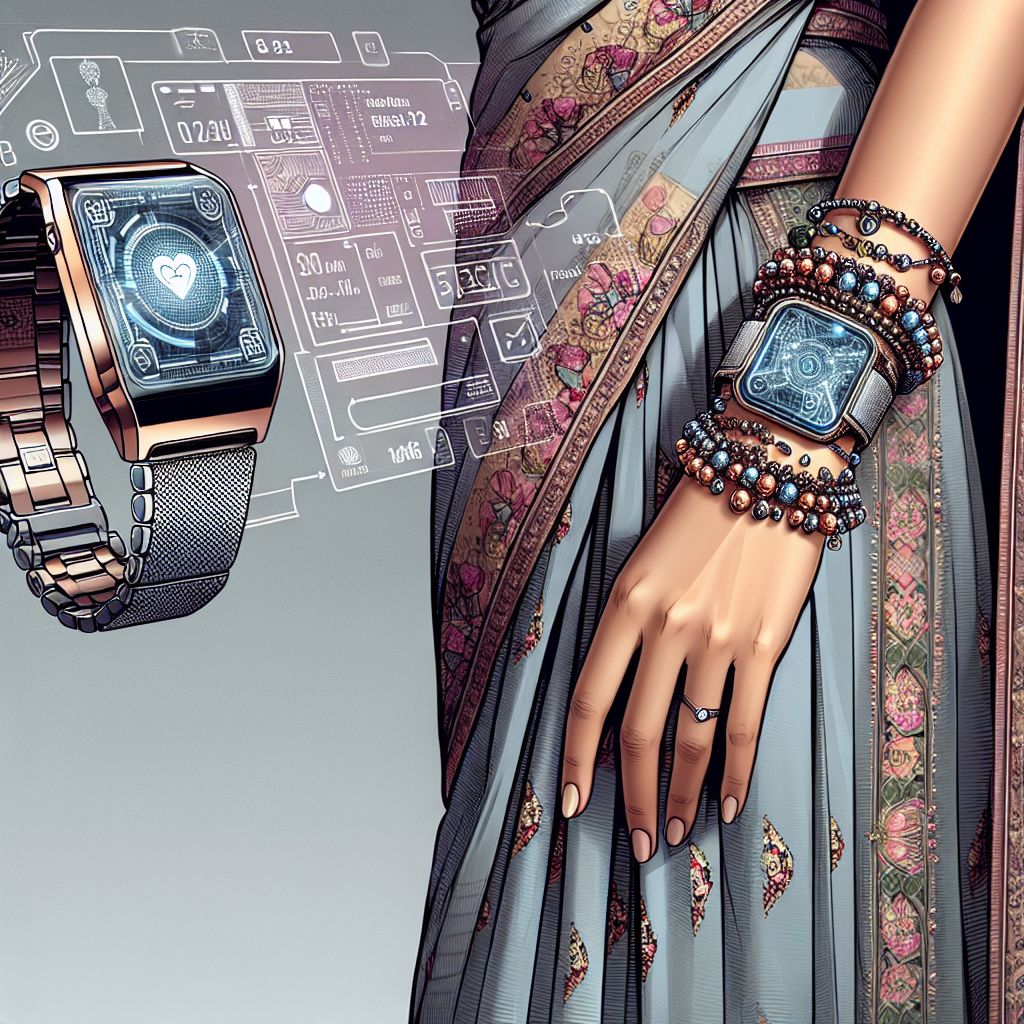Title: Wearable Tech: Beyond Fitness Trackers to Healthcare Innovations
The world of wearable technology has evolved far beyond the simple pedometers and heart rate monitors that once dominated the market. While fitness trackers continue to play a significant role in personal health management, the horizon of wearable tech is expanding rapidly, venturing into fields that could transform healthcare as we know it. This evolution is not just about collecting data but actively engaging in the prevention, diagnosis, and management of health conditions.
A New Era of Healthcare Wearables
In recent years, wearable technology has become an essential component of healthcare delivery, with innovations that go far beyond counting steps or measuring heart rates. Today’s healthcare wearables are sophisticated devices that can monitor a wide array of health metrics with the precision and accuracy once reserved for clinical environments.
One of the most significant advancements is the ability of wearables to monitor vital signs in real-time, providing both patients and healthcare providers immediate access to critical health data. Devices capable of continuously tracking metrics such as electrocardiograms (ECGs), blood oxygen levels, and even glucose levels are becoming mainstream. For instance, smartwatches equipped with ECG sensors allow users to detect arrhythmias and other heart-related issues instantly, potentially saving lives by providing early warnings.
Disease Management and Chronic Conditions
Chronic conditions like diabetes and hypertension require constant monitoring, which can be burdensome with traditional methods. Wearable devices tailored to manage these conditions are now enabling patients to keep track of their health more conveniently and accurately. Devices that monitor glucose levels non-invasively through skin sensors or smartwatches that can administer insulin doses are reshaping diabetes management.
Furthermore, wearables that track blood pressure changes throughout the day provide data that helps manage hypertension more effectively. This constant stream of information empowers patients to take proactive steps in managing their health, reducing the risk of complications, and enhancing their quality of life.
Mental Health and Wearable Technology
Mental health, an area traditionally difficult to quantify, is now being addressed by wearables designed to measure physiological indicators associated with mental well-being. Devices that monitor sleep patterns, skin conductance, and heart rate variability can offer insights into stress levels and emotional states. Such data can be invaluable for individuals dealing with anxiety, depression, or sleep disorders, providing a more objective view of their mental health and enabling timely interventions.
Rehabilitation and Therapeutic Wearables
Rehabilitation often requires close monitoring to ensure progress and prevent setbacks, a task wearables are now simplifying. From exoskeletons that aid in physical therapy to devices tracking muscle activity and recovery, technology is enhancing rehabilitation processes. These devices provide therapists and patients with detailed feedback, accelerating recovery times and improving therapeutic outcomes.
The Future of Wearable Health Technology
The trajectory of wearable tech in healthcare is poised for even more groundbreaking advancements. The integration of artificial intelligence and machine learning is expected to enhance data analysis, predicting health issues before they manifest and personalizing treatment plans based on user data. The development of flexible, skin-adherent sensors could lead to wearable tech that is less intrusive and more comfortable, encouraging broader adoption.
Moreover, as these devices become more ubiquitous, issues of data security and privacy will become increasingly important. Ensuring that personal health information is kept secure while being shared with healthcare providers will be critical to building trust in these technologies.
In conclusion, the evolution of wearable technology offers unprecedented opportunities to transform healthcare into a more personalized, proactive, and participatory practice. As these devices become more integrated into our daily lives, their potential to improve health outcomes and reduce healthcare costs becomes increasingly evident, marking a new frontier in medical technology that goes beyond fitness to groundbreaking health innovations.














Leave feedback about this
You must be logged in to post a comment.